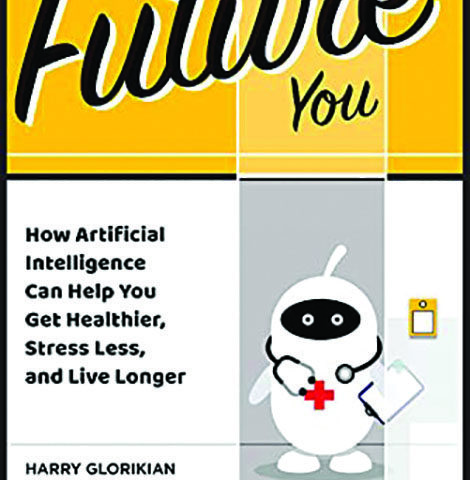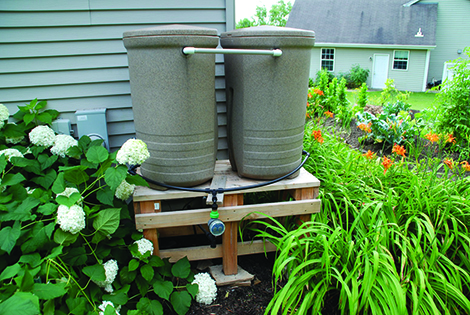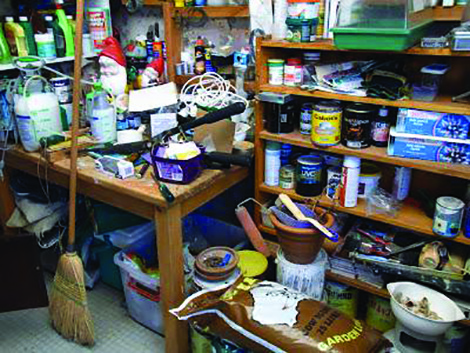Hobbies for the golden years
(Pictured: Playing music is an example of hobbies that can cut boredom out of retirement.)
Retirement should be relaxing, not boring. In fact, taking on new hobbies can keep your mind sharp and body vital as you age. Here are five ways to stay active in your golden years:
- Join a gym.
It’s one of the easiest ways to ensure a mix of strength training and cardiovascular exercise. Doing both will help keep your bones and muscles strong and your heart and lungs fully functional. Don’t forget yoga and stretching to promote balance and agility. If a gym is out of reach, see what other nearby opportunities are available for working up a sweat. Many towns and cities offer free and budget-friendly, community-based exercise programming.
- Play music.
There are numerous cognitive and emotional benefits associated with playing music. Whether you’re a beginner just looking to pick up the basics, or a seasoned musician with the hope of performing in public, you can sound amazing with a high-quality instrument like the CT-S1-76 keyboard from Casio. You can also use the Casio Music Space app to learn to play your favorite songs with downloadable MIDI files.
- Start a book club.
It’s always more fun to read books when you can discuss them with friends. From tackling the classics, to diving into non-fiction works that will challenge your to enjoying some easy, breezy beach reads, it’s important that the other members of the group have the same reading goals as you. Do a little legwork in advance to ensure everyone is on the same page.
- Number crunching.
You don’t have to be in school to take up math as a hobby. There are plenty of recreational mathematicians of all ages who enjoy crunching numbers to work puzzles, compete in games, and uncover patterns in the real world.
- Learn a language.
Learning a new language not only creates new neural pathways in the brain, it can be just the motivational ticket to finally visit that bucket list destination you’ve been dreaming of. While formal lessons are great, you can help ensure your skills truly progress through conversation. Lean on services like Tandem to connect with a language partner.
By taking on new hobbies and expanding your interests, you can carve out a retirement that is active, adventurous and good for your body, mind and soul.
Source: StatePoint Media


 There’s nothing about health and wellness that won’t be transformed by AI that’s either already here or coming. Self-driving cars. Smart personal assistants—think Siri, Cortana, or Google Now—or Alexa, Amazon’s cloud-based voice service that is available on literally hundreds of millions of devices. Voice-to-text. Manufacturing robots. Facial recognition software. Security surveillance. Automated financial investing and social media monitoring. Smart homes that control themselves when their owners are out of town. “The list is endless,” Glorkian avows.
There’s nothing about health and wellness that won’t be transformed by AI that’s either already here or coming. Self-driving cars. Smart personal assistants—think Siri, Cortana, or Google Now—or Alexa, Amazon’s cloud-based voice service that is available on literally hundreds of millions of devices. Voice-to-text. Manufacturing robots. Facial recognition software. Security surveillance. Automated financial investing and social media monitoring. Smart homes that control themselves when their owners are out of town. “The list is endless,” Glorkian avows.
